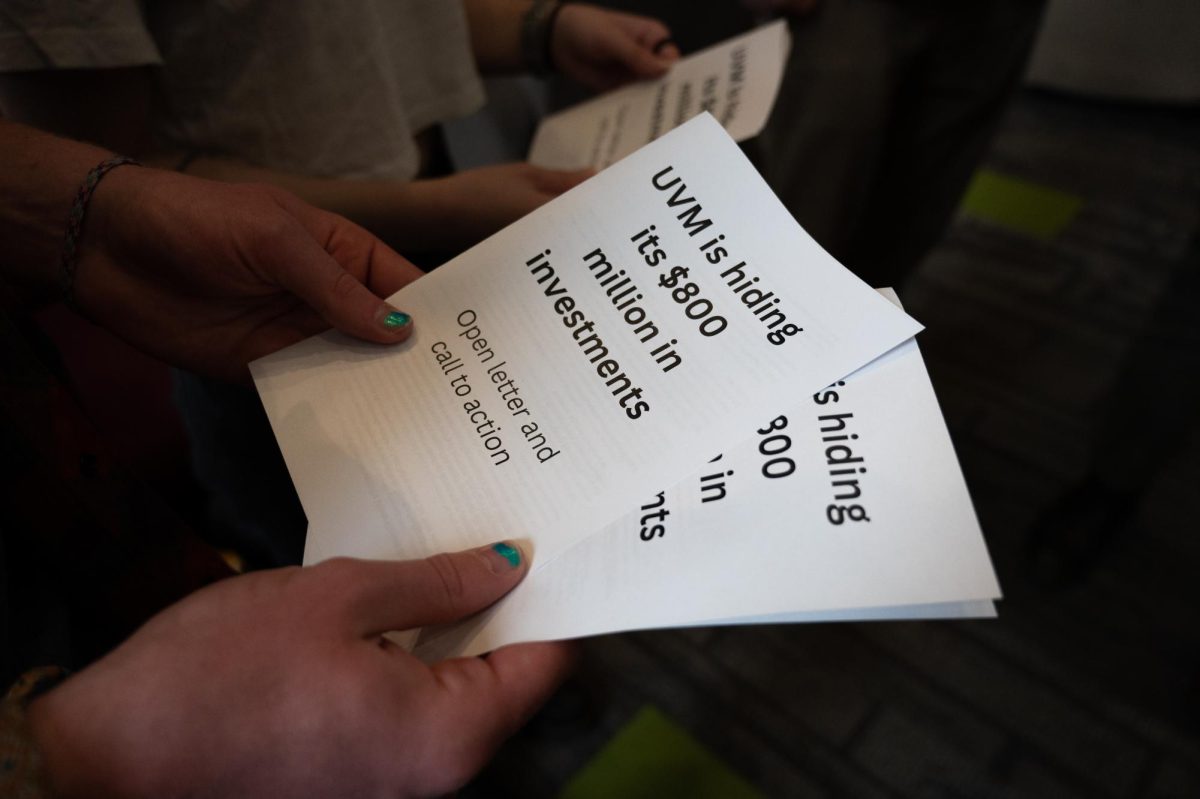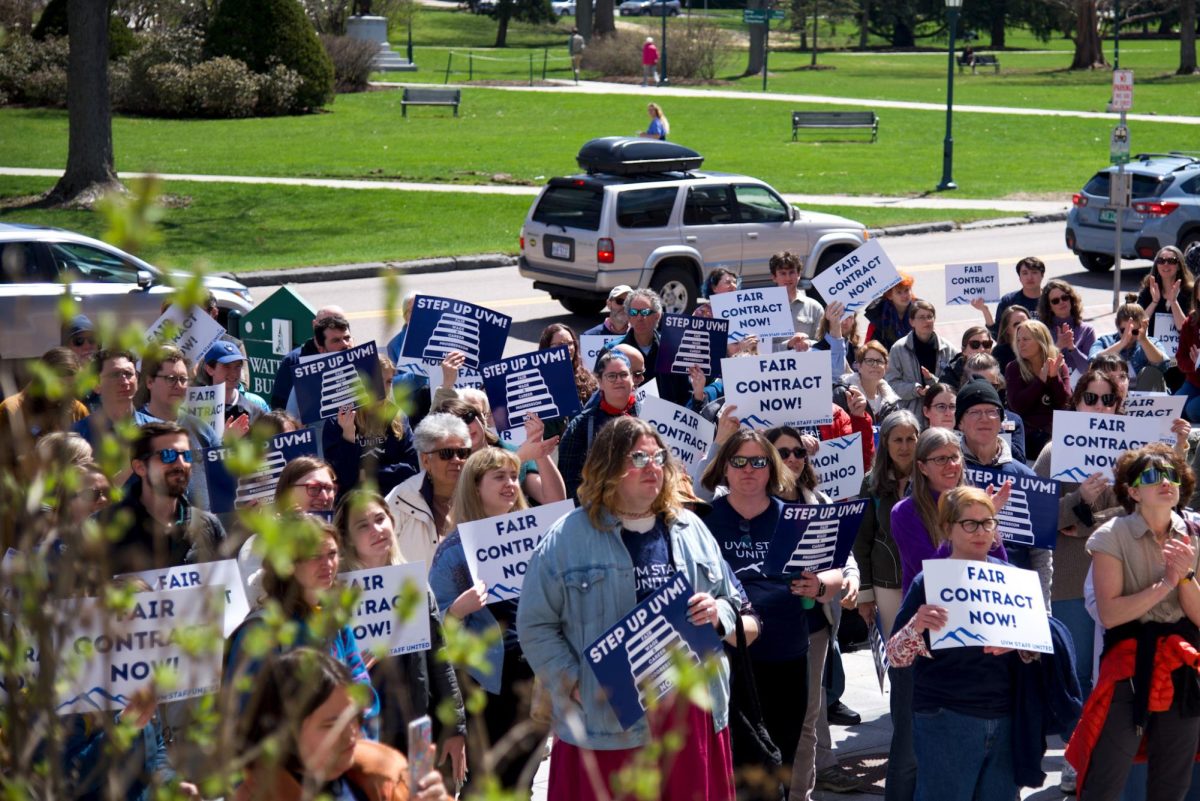According to the Rape, Abuse, and Incest National Network (RAINN), every two and a half minutes, somewhere in America, someone is sexually assaulted. For the past five years, UVM’s Victim’s Advocate has received, on average, sixteen reports of gender violence (sexual assault, relationship violence and stalking) a semester. Last semester Victim’s Advocate had over forty, with nine new reports since the beginning of the spring semester. Victim’s Advocate is a campus advocacy program that was hired in the Women’s Center, as explained by Director LuAnn Rolley, “to improve coordination of services on campus for victims of sexual assault, stalking and relationship violence, the program provides direct services to students by accompanying victims to service providers, law enforcement agencies, criminal justice system, and by intervening with professors and Residential Life, if needed.” Despite the influx of reports, rape and gender violence are still among the most under-reported crimes. Rolley stated, “Approximately 81% of on-campus assaults and 84% of off-campus assaults are not reported to law enforcement.” This shows the tendency of victims to avoid involving the police. In between August of 2001 and December of 2002, UVM Police Services received three reports of sexual assault while Victim’s Advocate had forty-two. In 2005 there were two. If one in four women experiences rape or attempted rape by the time they are in college, why aren’t the numbers matching? Why are so many silent? Rape is not only a physically damaging crime but a psychologically damaging one, Rolley believes that many do not report because of, “fear for safety; embarrassment; in some cases, I believe that students may not think what happened to them is crime; victim blaming in our society is a huge barrier of reporting; [there is a] fear of law enforcement.” For a lot of victims, reporting is the hardest obstacle to overcome. Rolley knows this from personal experience. At the age of 23, Rolley was sexually assaulted. The process of disclosing to her family, friends and colleagues was long and emotional. “It was not until my forties that I decided to disclose. When I was raped, I was unsure of whom to call for help. I felt ashamed, scared and could not imagine telling my family and friends who lived six hours away. It was not until 1999, while working on a project focused on campus safety for women that I began to reflect on my experience.” In 47% of cases of sexual violence the attacker is a friend or an acquaintance. This may also explain why so many victims remain silent. Another hurdle that needs to be jumped is that of the 25% of women who have experienced some form of gender violence by college, according to Rolley’s research, “only half of these women name those experiences as sexual assault.” The Victim’s Advocate defines sexual violence as a “continuum of attitudes and behaviors that takes many forms. Acts of sexual violence are used to exert power over another person.” Some examples of sexual violence are rape, attempted rape, sexual assault, unwanted sexual touching and/or molestation and sexual harassment. Sexual assault is defined as “any sexual contact forced on another person through threats to harm them or another, intimidation, coercion or without consent. This means if someone is impaired by alcohol, drugs or otherwise is mental or physically incapable of consent and sexual activity takes place, it’s sexual assault.” An even smaller percentage of victims who report sexual assault actually end up pressing charges, Rolley explained, “Some choose to use the criminal justice system; however others choose to go through UVM Judicial process to avoid the justice system. The decision about how to proceed is left to the victims. The VA provides all the options to the victim so that they have a clear idea of available resources and support.” The VA wants all victims to know that they are not alone. Their final message is, “if you have been hurt, threatened, or intimidated by anyone, even a loved one, and you would like to figure out what to do next, on-campus help is available. This service is free and confidential. No one will know that you called or met with the advocate.” Victims can email the program at [email protected] or fill out a gender violence report form on the Women’s Center Website.












